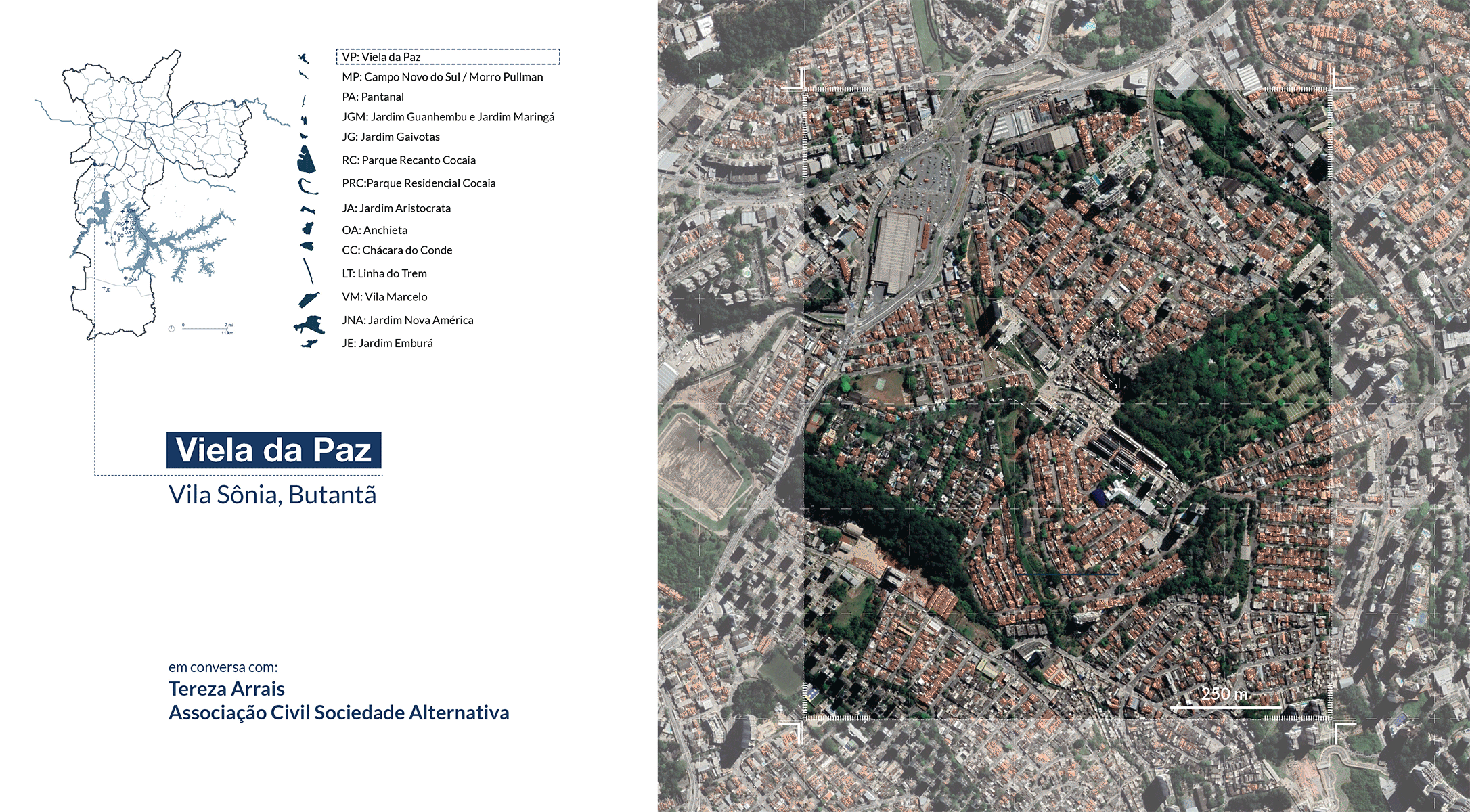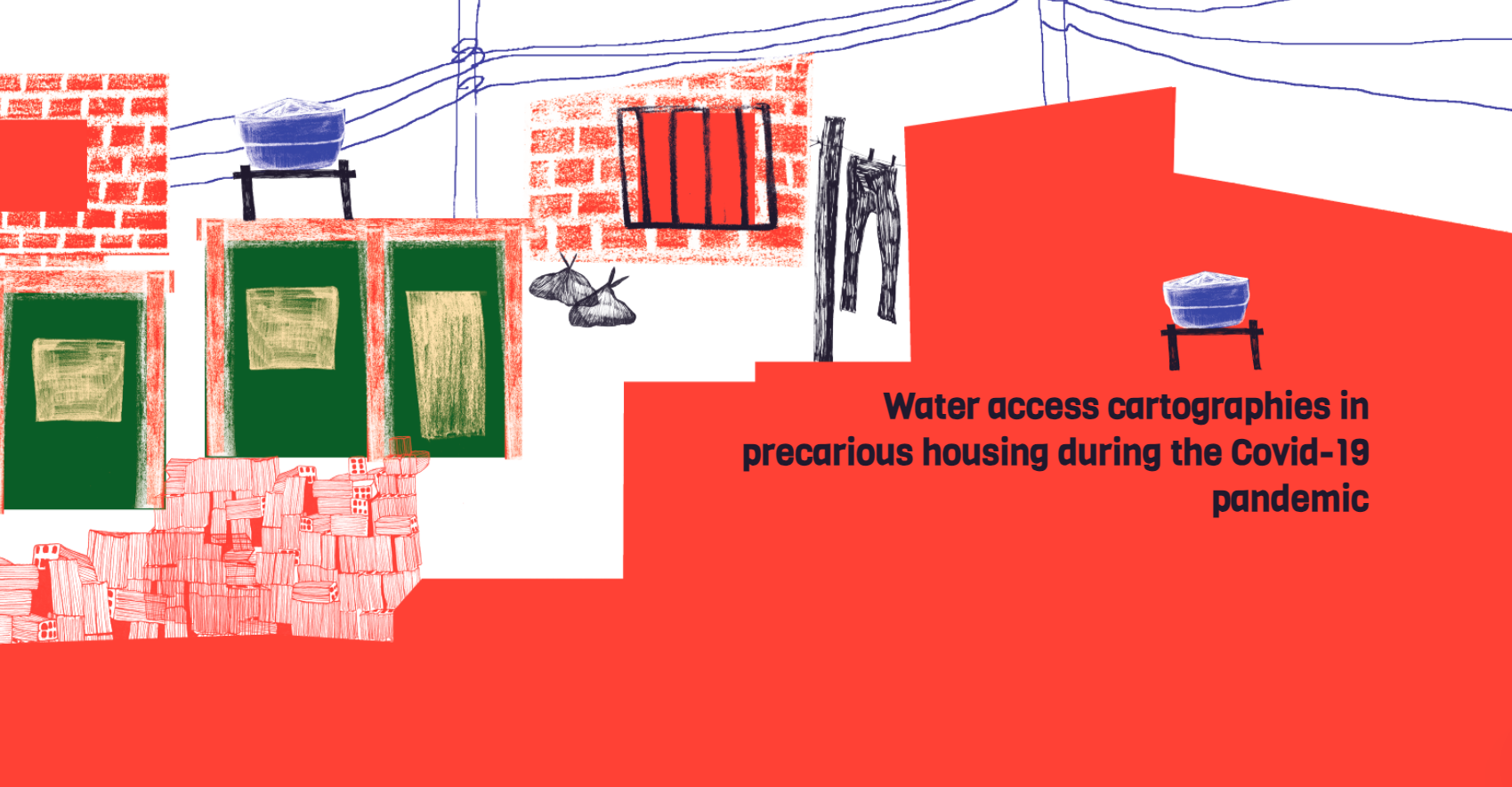ACTIVATE, ARTICULATE, ADVOCATE:
CO-PRODUCTION FOR THE RIGHT TO OCCUPY, HOLD GROUND UPGRADE
Young Land Occupations in São Paulo’s Zones of Environmental ProtectionCo-Designing Urban Strategies and Tactical Interventions
In collaboration with
Ana Paula Pimentel Walker, UM; Benedito Roberto Barbosa, LabJUTA UF ABC, UMM e Centro Gaspar Garcia de Direitos Humanos;
Luciana Nicolau Ferrara, Francisco de Assis Comarú,
Fernando Botton, LabJUTA UF ABC; Marilene Ribeiro de Souza and Sheila Cristiane Santos Nobre, UMM
Sponsored by
FORD-LASA SPECIAL PROJECT AWARD
Date
2022

This report documents the outcomes of the collaboration between faculty from Taubman College of Architecture and Urban Planning at the University of Michigan and LabJuta (Laboratory of Territorial Justice) at Universidade Federal do ABC at Santo André, state of São Paulo, the Non-Profit legal aid office, CenterGaspar Garcia for Human Rights, based in São Paulo and other social movements and community partners.
The Community Atlas includes the portrait of fourteen communities in the southern periphery, three of them young land occupations and eleven consolidated precarious settlements. The Atlas stands alone as a booklet for the communities. The community portraits are built upon three methods: data analysis of in-depth interviews with community leaders from each settlement; mapping of each community overtime via Google Earth and spatial regulatory and infrastructural analysis via georeferencing; and community Legal and Land Use Files based on document and legal analysis, mapping, and interviews with informants.
Due to the COVID-19 pandemic, community partners and collaborators identified the need to investigate and advocate for access to potable water in informal and precarious settlements of all types.
